Aluminum armor for military vehicles
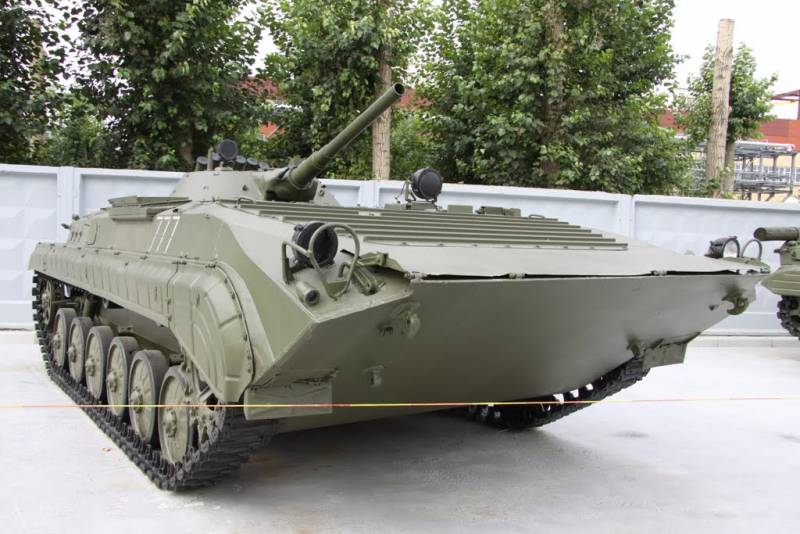
BMP-1 infantry fighting vehicle. The main body is made of steel; a characteristic hatch on the upper frontal part is made of aluminum alloy. Wikimedia Commons Photos
In the second half of the last century, armored combat vehicles became widespread, the protection of which is provided by rolled parts of one kind or another from aluminum alloys. Despite the apparent softness and other features, aluminum was able to show all its advantages over steel armor and even squeeze it in a number of areas.
Long story
Aluminum as a material for prospective reservations began to be considered only in the middle of the XNUMXth century. For example, in our country, work in this direction started in the late forties. Soviet specialists first looked for the possibility of creating light armor for aircraft; then the same project began in the interests of fleet. And only at the end of the fifties aluminum armor began to be “tried on” to ground BBM. Similar processes were observed in foreign countries at that time.
By the beginning of the sixties, Soviet and foreign metallurgists had found the best alloys of aluminum and other metals, capable of showing the desired strength indicators. By the mid-sixties, such alloys were used in real projects of light armored vehicles of a number of types. In some cases, aluminum was used independently, in others - together with other metals.
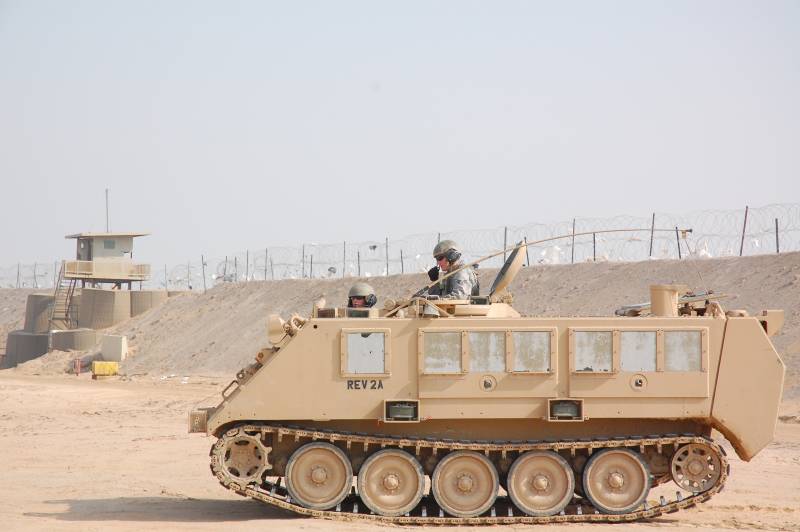
American BTR M113 with aluminum body. Due to new threats, its own armor is supplemented by overhead blocks. Photo US Army
Subsequently, new alloys appeared in our country and abroad - and new armored vehicles with similar protection. Ready-made vehicles repeatedly participated in battles and showed their capabilities. In tests and in practice, aluminum armor showed high performance and even advantages over other protection. All this allows her to still remain in service.
Aluminum samples
The first domestic BBM with aluminum armor was the BMP-1. She got a steel case, but the upper frontal part-the cover of the transmission compartment is made of aluminum alloy. In the same period, the BMD-1 was created, which received a full body of alloy ABT-101 / "1901". The same approaches were used in the following landing machines. The later BMP-3 has an aluminum spaced reservation with steel screens, which allows the frontal projection to withstand a 30-mm shell.
Of the foreign samples, it is first of all worth noting the American-developed M113 armored personnel carrier. Housing parts up to 44 mm thick are made of 5083 and 5086 alloys. The frontal projection is protected from 12,7 mm bullets, other surfaces from normal caliber. Modern BMP M2 Bradley is also built from aluminum alloys 7039 and 5083. The forehead and side are reinforced with steel screens.
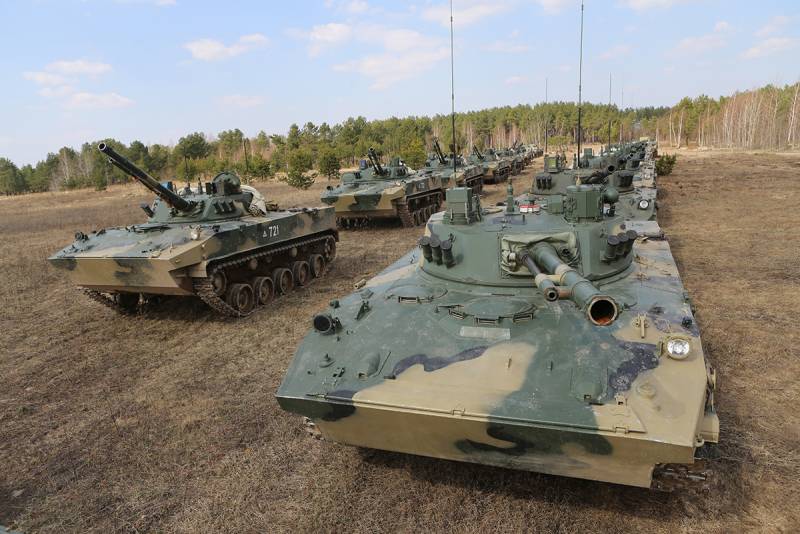
BMD-4M airborne combat vehicles - like their predecessors, are built from aluminum alloys. Photo by the Ministry of Defense of the Russian Federation
Other countries have long mastered the technology of manufacturing aluminum reservations. Such protection is actively used on BBM developed by the UK, Germany, France, etc. Some alloys and assembly technologies are developed independently, others are purchased from friendly countries.
Technology issue
Aluminum alone cannot provide sufficient protection for the BBM due to its softness and insufficient strength, but its alloys are capable of showing the required characteristics. The first to appear and gained distribution were non-heat-strengthened alloys of aluminum with magnesium - AMg-6, 5083, etc. When compared with other alloys, they show higher levels of splinter protection.
There is a group of alloys with an addition of up to 6-8 percent. magnesium and zinc are Soviet ABT-101 and ABT-102, as well as foreign 7017, 7039, etc. They are characterized by increased hardness, which gives advantages in protection against bullets or shells, but reduces the anti-fragmentation potential.
Aluminum armor can be subjected to additional processing, increasing its strength. First of all, it is hardening and hardening. From a technological point of view, thermal hardening is simpler and more convenient - in addition, it removes a number of restrictions on the production of parts.
The armor protection of one armored combat vehicle can include elements from different alloys with different thickness indicators, installation angles, and level of protection. So, to protect against bullets of normal caliber, up to 25-30 mm of armor is required. Large-caliber threats require an answer with a thickness of at least 50-60 mm. However, despite the considerable thickness, such armor does not differ in excessive weight. Perhaps the use of spaced barriers.
Long ago, light alloys began to be combined with other materials. Steel or ceramic elements are inserted into aluminum parts. Also in recent years, overhead elements of additional protection have become widespread, significantly improving the own performance of the BBM corps. The overall survivability of equipment can be increased by means of dynamic or active protection.
Competitive Advantages
The main advantage of aluminum alloys is their lower density. Due to this, the aluminum structure with the same parameters of the parts is significantly lighter than steel. This mass saving can be used to reduce the weight of the BBM, to increase armor with an increase in the level of protection, or to solve other design problems.
Aluminum and alloys compare favorably with steel armor in greater rigidity. This allows you to remove the power elements from the design of the armored housing and thereby reduce its weight. In some cases, mass savings of at least 25-30 percent are achieved.
Aluminum armor performs well at small angles of contact, as well as at angles of more than 45 °. Under such conditions, aluminum alloys confidently extinguish the energy of a bullet or a fragment, preventing them from passing through the armor or knocking out fragments from the back. At large angles, ricocheting is also provided without serious damage to the armor. However, in the range from 30 to 45 degrees. steel shows the best results.
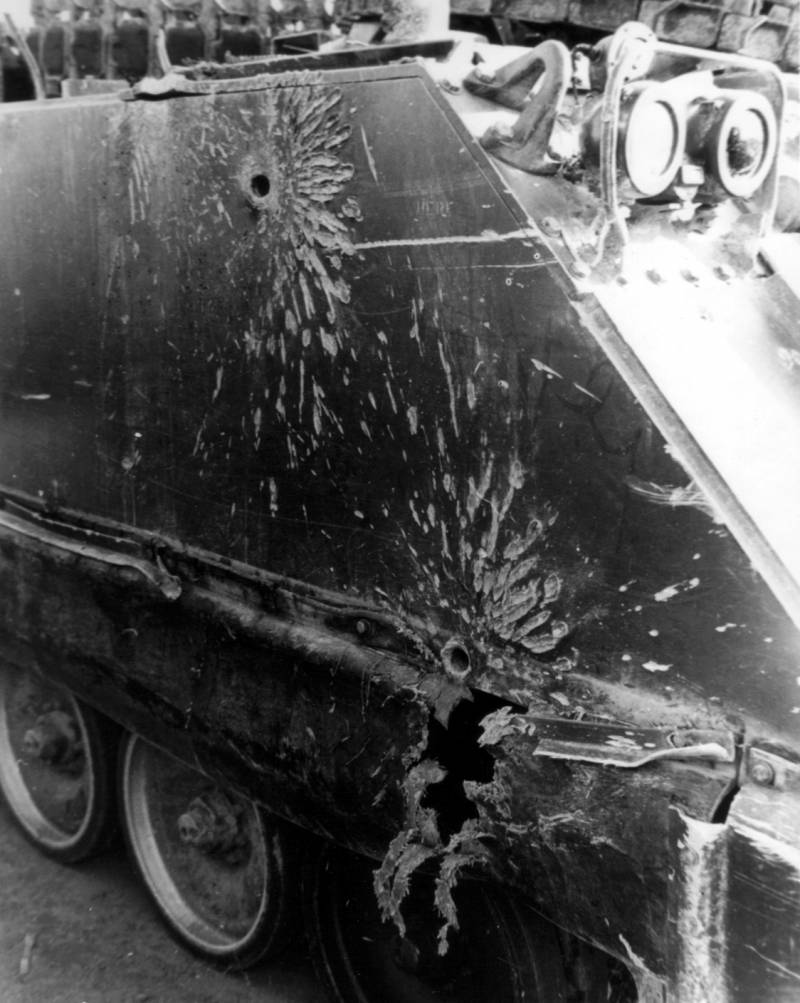
The defeat of the M113 armored personnel carrier on board 57-mm cumulative shells. The result - two through penetrations with damage to the internal compartments. Photo US Army
In the first decades of its development, aluminum alloys lost steel at the cost of production, which negatively affected the price of finished BBMs. Further progress and new technologies have reduced this gap. In addition, new booking options have appeared - no worse than aluminum alloys, but no cheaper than them. So, titanium armor, at least, is not heavier, and the combined protection based on ceramics allows creating a more stable barrier in the same dimensions. However, both the one and the other option are much more expensive than aluminum alloys.
Objective limitations
With all the positive differences from steel armor, aluminum has several disadvantages. The main one is the need to increase the thickness for the same level of protection. As a result, the implementation of powerful anti-shell armor made of aluminum alloy is not possible - both homogeneous and combined. Exactly because of this reason Tanks and other high-security BBMs still rely on steel.
Heat-strengthened aluminum alloys are more sensitive to high temperatures than armored steel. So, a steel armored corps during a fire can lose strength and protection characteristics, but basically retains structural integrity - if it is not destroyed by other factors. Aluminum armor during BBM burning first loses resistance to ballistic threats, and then softens and even melts. With a sufficiently long burning time, the machine literally folds or breaks up. All this poses a great danger to the crew and the landing, and also eliminates recovery.
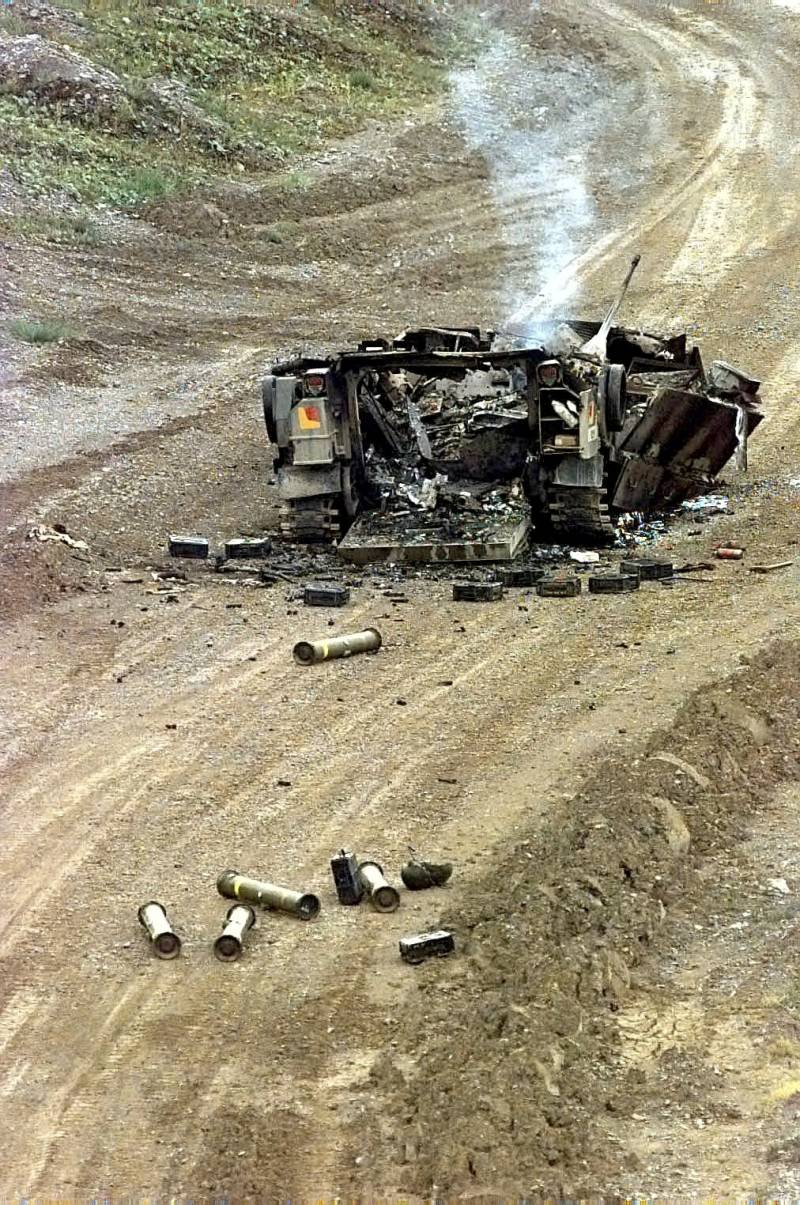
The result of a fire in the aluminum M2 Bradley casing. The body melted, softened and fell apart. The tower failed inside. Photo US Army
At one time, there were problems with the introduction of aluminum booking in the production of equipment. Enterprises that previously worked only with steel were forced to learn new material and related technologies. However, to date, all such problems have been resolved, and aluminum armor is as familiar to factories as steel. The "honorary title" of a complex novelty eventually shifted to other developments.
Special solution
As you can see, aluminum alloys have certain advantages and are of great interest to developers of armored combat vehicles. Since the middle of the last century, such interest has resulted in the appearance of several dozen types of armored vehicles with one or another use of armor made of aluminum alloys. Some remained at the level of design and testing, while others were built by tens of thousands and successfully solved combat and other missions.
Aluminum alloys have proven their potential in the context of booking and therefore have found the widest application. They could not completely displace the usual steel castings or sheets, but in a number of directions they became a good substitute for them. At the same time, the development of protective equipment has not stopped, and to date, customers and developers of armored vehicles have a long list of various materials at their disposal - aluminum alloys occupy far from the last place in it.
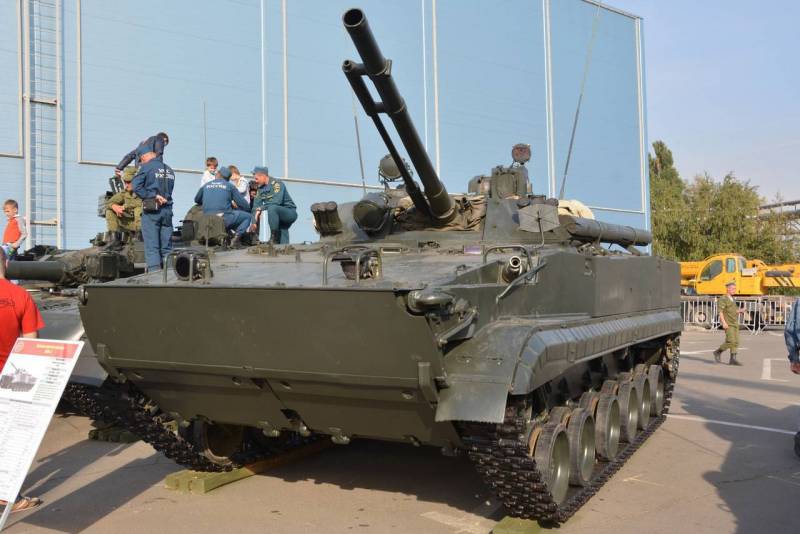
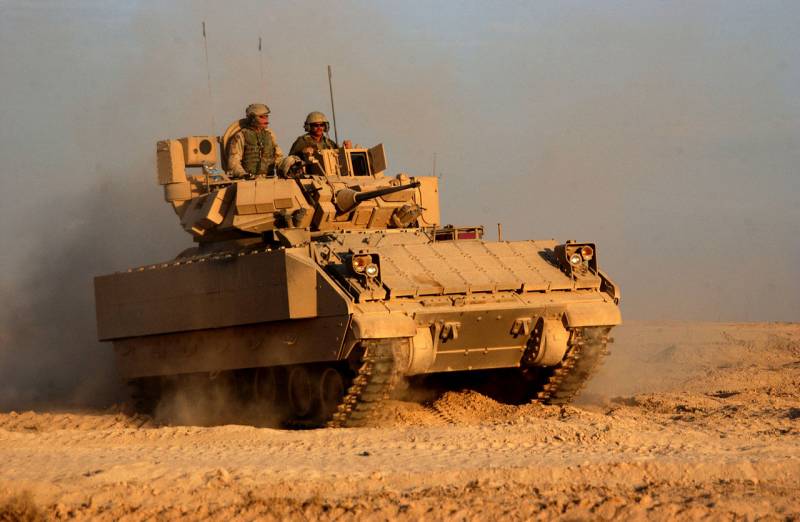
Information